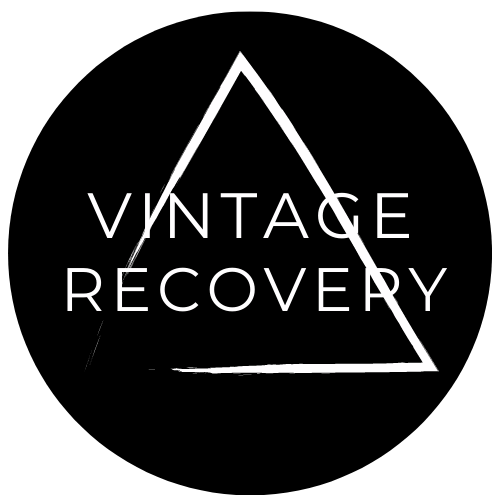
Why More Shoppers Are Embracing Vintage?
Share
n recent years, a growing number of shoppers are turning to vintage and second-hand clothing, driven by a myriad of compelling reasons that go beyond mere fashion statements. This shift marks a significant change in consumer behaviour, reflecting a deeper awareness of the environmental, ethical, and economic impacts of their choices. Let's delve into the key factors fuelling this trend.
Sustainability: A Crucial Consideration
One of the primary motivations behind the surge in popularity of vintage and second-hand clothing is the increasing desire to shop more sustainably. Modern consumers are becoming acutely aware of the detrimental effects that the fast fashion industry has on our planet. Fast fashion, characterised by its rapid production cycles and disposable nature, contributes significantly to environmental degradation. From excessive water usage and pollution to massive textile waste, the environmental toll is staggering.
By choosing vintage or second-hand clothing, shoppers can reduce their carbon footprint. These items often have a much lower environmental impact than newly manufactured clothes, as they don't require additional resources for production. This shift towards sustainable shopping habits is a powerful way to combat the negative effects of fast fashion and promote a more eco-friendly lifestyle.
Ethical Awareness: The Human Cost of Fast Fashion
Beyond environmental concerns, there is growing awareness of the harsh realities faced by workers in the fast fashion industry. Many of these workers endure unsafe and exploitative conditions, with minimal pay and little regard for their well-being. Tragic incidents, such as the Rana Plaza factory collapse in 2013, have highlighted the dire consequences of this industry.
Shoppers are increasingly prioritising ethical considerations, seeking out clothing that aligns with their values. Vintage and second-hand shops provide a way to avoid supporting brands that exploit workers, offering an ethical alternative that promotes better labour practices and fairer conditions.
Superior Quality and Durability
Another appealing aspect of vintage clothing is its superior quality and durability. In contrast to the often flimsy and short-lived items produced by fast fashion, vintage pieces were typically made to last. The craftsmanship and materials used in older garments often surpass those found in today's mass-produced clothing.
Shoppers are rediscovering the value of well-made, durable clothing that stands the test of time. Investing in vintage pieces not only ensures a longer lifespan for the garment but also means less frequent replacements, further reducing waste.
Unique and One-of-a-Kind Finds
In a world saturated with mass-produced fashion, many consumers are seeking something unique and individual. Vintage and second-hand stores offer an eclectic mix of styles and eras, allowing shoppers to curate a wardrobe that truly reflects their personal taste.
The thrill of finding a one-of-a-kind piece that no one else owns adds a sense of excitement to the shopping experience. It’s a way to express individuality and stand out in a sea of uniformity.
Economic Benefits: Affordability in a Cost of Living Crisis
The economic advantages of buying second-hand clothing cannot be overlooked, especially in times of financial uncertainty. With the rising cost of living, many people are looking for ways to stretch their budgets. Second-hand and vintage clothing often come at a fraction of the price of new items, making them an attractive option for cost-conscious shoppers.
Platforms like Vinted and Depop have revolutionised the second-hand market, making it easier than ever to buy and sell pre-loved clothing. These platforms provide a convenient and accessible way for consumers to refresh their wardrobes without breaking the bank.
The growing popularity of vintage and second-hand clothing is a reflection of a broader shift in consumer values. Shoppers are increasingly prioritising sustainability, ethical considerations, quality, uniqueness, and affordability in their purchasing decisions. By embracing these alternatives to fast fashion, they are making a positive impact on the environment, supporting fair labour practices, and finding joy in discovering unique pieces. This trend is more than a fleeting fashion statement; it represents a meaningful movement towards a more conscientious and sustainable future.
